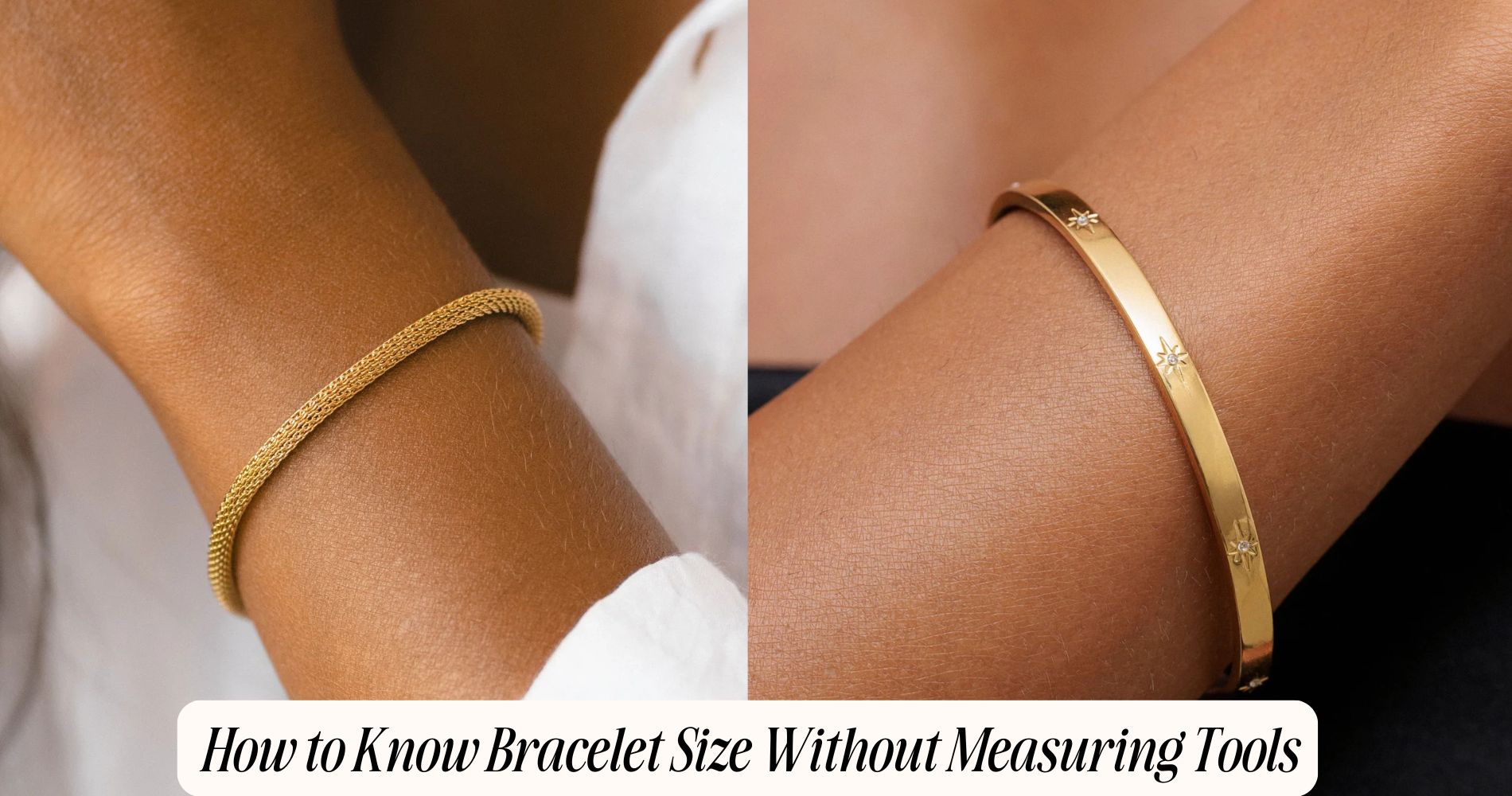
How to Know Bracelet Size Without Measuring Tools
Wondering how to know bracelet size for a perfect fit? Start by wrapping a non-stretch string or paper around your wrist just above the bone, marking where it overlaps. Measure it against a credit card (3.37 in) or your phone’s edge for reference. Compare the result to a well-fitting watch or bracelet—note inner circumference for bangles and tip-to-tip for clasp styles. Subtract 0.25–0.5 in for a snug fit or add a bit for comfort. Consider bead bulk and charms, and round up for rigid bangles. Aim for a one-finger glide for the ideal balance between comfort and style. Explore our Waterproof Bracelet Collection to find your perfect match.
Use a String and a Ruler Substitute
Two simple tools—string and a straight-edge—let you measure your wrist without a tape measure.
Wrap a non-stretch string just above your wrist bone, keeping it snug but not compressing skin. Mark the overlap precisely with a fine pen. Stabilize the mark using a simple knot technique: tie a small overhand knot exactly at the mark to lock the point. Cut the excess past the knot.
Lay the string along a rigid straight-edge—book spine, credit card, or phone edge—aligned with printed units, grid paper, or a known reference length.
Calibrate by comparing the string length to a known dimension: credit card width (54 mm), standard A4 short side (210 mm), or bill length. Note the measurement in millimeters for accuracy. Add your preferred ease allowance afterward.
Compare to a Well-Fitting Watch or Bracelet
Reference pieces help you size quickly: pick a watch or bracelet that fits the way you like, lay it flat, and measure its inner circumference or end-to-end length depending on the clasp type.
For a fixed bangle, record the inner circumference; for a chain with a lobster or spring clasp, measure tip to tip; for foldover or butterfly clasps, measure the closed interior path. Use this watch comparison to match proportions and maintain bracelet comfort.
Note the link style and thickness—chunky links need extra ease, while low-profile mesh wears closer. If your reference sits snug over the wrist bone, replicate that; if it drapes, add 0.5–1.0 cm.
Account for charms or large beads that reduce interior room. Translate stainless, leather, or stretch fit behavior to your target material.
Estimate With Common Objects (Cards, Bills, Phones)
When you don’t have a tape, turn everyday items into quick gauges for wrist size. A standard credit card is 3.37 inches long and 2.125 inches wide. Wrap a strip of paper around your wrist, mark the overlap, then lay it along the card’s long edge to count full card lengths plus any partial. Multiply counts by 3.37 for circumference.
A U.S. dollar bill is 6.14 inches by 2.61 inches; use the same strip-and-mark method against its long edge for fast approximations.
Your phone helps too: most models list exact height on the manufacturer’s site. Match your marked strip to the phone’s height edge, then add partials. Record the measurement, subtract 0.25–0.5 inches for snug fit or add 0.25–0.5 inches for ease.
Visual Clues From Wrist Bones and Fit Preferences
Although measurements matter, your wrist bones signal fit at a glance.
Read your wrist bone anatomy: the ulnar knob and radial styloid form a natural shelf. If a bangle sits above those points without riding up, you’re near a snug fit. If it hangs below and taps the styloid, it’s loose.
Rotate your hand; if tendons pop and the bracelet pinches, reduce size.
Check movement tolerance. Aim for one-finger glide under a chain where the wrist narrows. When you flex, the bracelet should shift but not spin freely. Track imprint marks after 10 minutes—shallow dents mean acceptable tension; deep lines mean too tight.
Match fit to personal style: minimalists favor close, quiet drape; stackers prefer a touch of air for layering.
Account for Chain Types, Beads, and Clasp Styles
Because construction changes how a bracelet wears, factor chain geometry, bead volume, and clasp bulk into your size.
Dense links—curb, Cuban, or box—sit flatter and “shrink” less on the wrist than airy rope or Figaro patterns that arc and consume length. Heavier chain materials like stainless or solid gold drape tighter than lightweight aluminum, so add a touch more allowance.
Assess bead profiles. Round 8–10 mm beads create a circular path with minimal flex, effectively shortening inner circumference; barrel or faceted beads interlock and reduce slack further. Spacers and knots add cumulative length but don’t flex.
Audit clasp types. Lobster and trigger clasps add measurable length; toggles demand extra ease to flip; magnets add bulk at one point; foldovers reduce flexibility at the closure.
Convert Wrist Fit to Standard Bracelet Sizes
Two quick steps convert your measured wrist fit into a labeled size: map your target inner circumference to a size chart, then round to the nearest standard increment.
Start by locking in your target fit from earlier wrist measurement techniques—snug, comfort, or drape—expressed as inner circumference, not overall length.
Check standard size charts for your market (US, EU, or jewelry brand). Most list sizes in 0.25–0.5 in (or 0.5–1 cm) steps.
Match your inner circumference to the closest listed size, prioritizing comfort tolerance over exact math. For rigid bangles, round up; for flexible chains with extenders, round to nearest.
When charts show ranges, choose the midpoint if your clasp micro-adjusts; otherwise, bias up.
Record both the labeled size and its stated inner circumference for reorders.
Sizing Tips for Gifts and Secret Measurements
With your size chart strategy set, apply it discreetly when you’re buying for someone else. For gift surprises, observe daily jewelry: note width of bangles, clasp types, and how snug watches sit.
Borrow a bracelet they wear often; trace its inner circumference on paper, then match it to your chart. If borrowing isn’t possible, take secret measurements from indirect cues: count links on their chain bracelet in a photo, measure the inner diameter of a bangle resting on a table with a ruler app, or compare watch strap holes to your own.
Account for material behavior. Add 0.2–0.4 in for rigid bangles, less for chain or cord styles. Heavier charms need more slack.
When unsure, pick adjustable closures over fixed sizes.
Quick Fixes if the Bracelet Is Slightly Off
A few quick adjustments can rescue a near-miss fit. If a bracelet feels tight, move the clasp to a farther jump ring, or add a short extender chain. For slack, remove a link near the clasp to preserve symmetry.
With adjustable bracelets, slide knots, bolo sliders, or pull cords to dial in tension without tools.
On bead strands, retie the knotting to shorten slightly, or insert a few spacer beads to lengthen.
For bangles, add a silicone sleeve or clear tubing inside to reduce spin; for cuffs, gently compress or open at the ends, supporting the metal with soft-jaw pliers to avoid creasing.
Leather stretches—moisten lightly, then wear to mold.
When these tweaks aren’t sufficient, consider professional resizing options to maintain integrity.
Frequently Asked Questions
How Do Climate or Humidity Affect Bracelet Sizing Accuracy?
Climate and humidity affect sizing by swelling your wrist and altering materials. You’ll account for climate effects: metal stays consistent, leather stretches, wood swells, silicone flexes. Factor humidity impact, temperature shifts, and daily fluctuations; add allowance accordingly for precise fit.
Can Medical Conditions Like Swelling Change Daily Bracelet Fit?
Yes. You’ll see daily fluctuations from medical swelling patterns—edema, arthritis, salt intake, meds. Size up slightly, opt for adjustable clasps, micro-links, or elastic cores. Favor lightweight titanium or silicone; avoid rigid bangles. Test fit morning and evening.
How Do Metal Allergies Influence Bracelet Material Choices?
Metal allergies narrow your choices; you’ll prioritize hypoallergenic materials to avoid reactions. For metal sensitivity, pick titanium, niobium, surgical stainless steel (316L/904L), or platinum. Avoid nickel-heavy alloys, brass, and low-karat gold. Verify ASTM standards, polished finishes, and sealed clasps.
What’s the Best Return Policy Strategy When Gifting Bracelets Online?
Choose retailers offering a 30–60 day return window, free returns, and printable labels. Prioritize gift exchange options, extended holiday policies, and resizable designs. Include gift receipts, keep tags intact, verify restocking fees, and confirm allergy-friendly materials for hassle-free swaps.
Conclusion
You’ve got plenty of low-tech ways to nail your bracelet size. Use a string and any straight edge, match a favorite watch, or benchmark with cards, bills, or your phone. Read your wrist bones, decide on snug vs. drape, and factor chain type, bead diameter, and clasp bulk. Convert to standard sizes, rounding up for comfort. For gifts, borrow a measurement stealthily. If it’s off, add a short extender, remove a link, or shift the clasp.


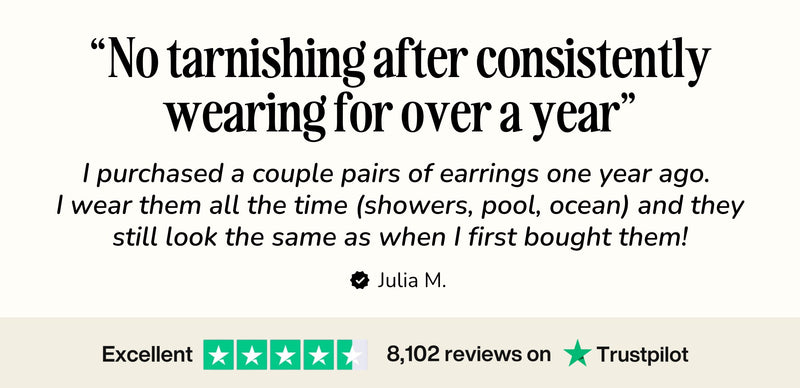



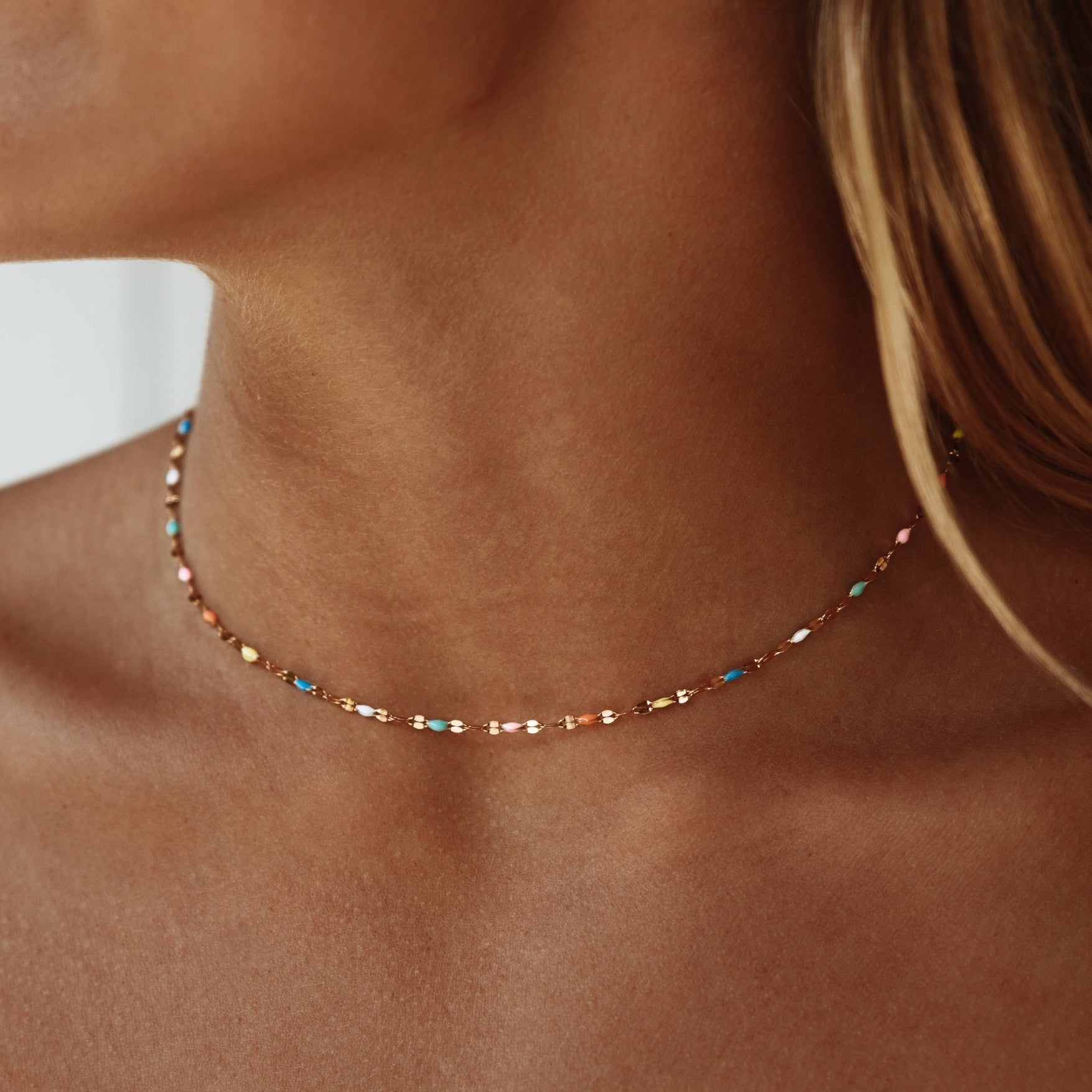
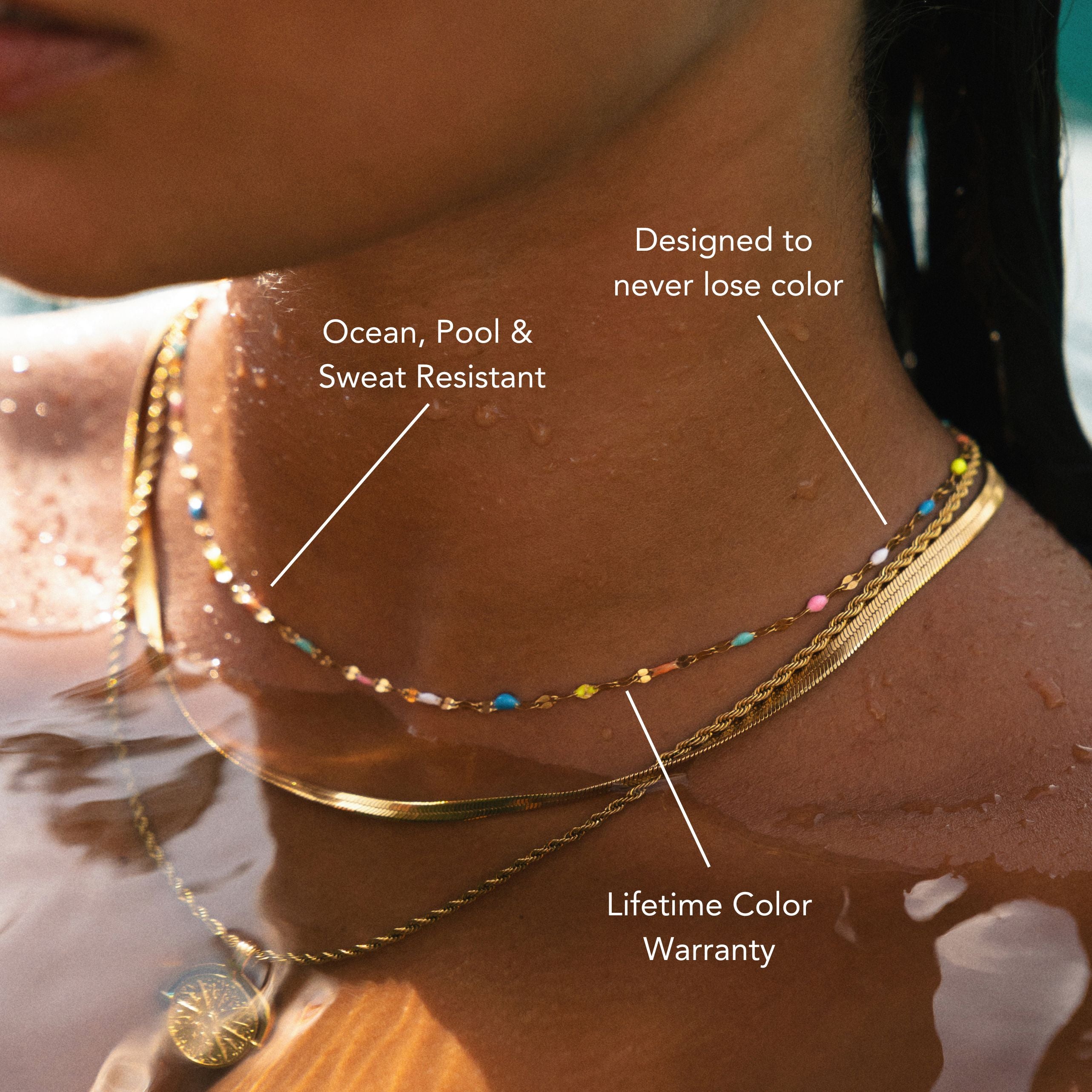
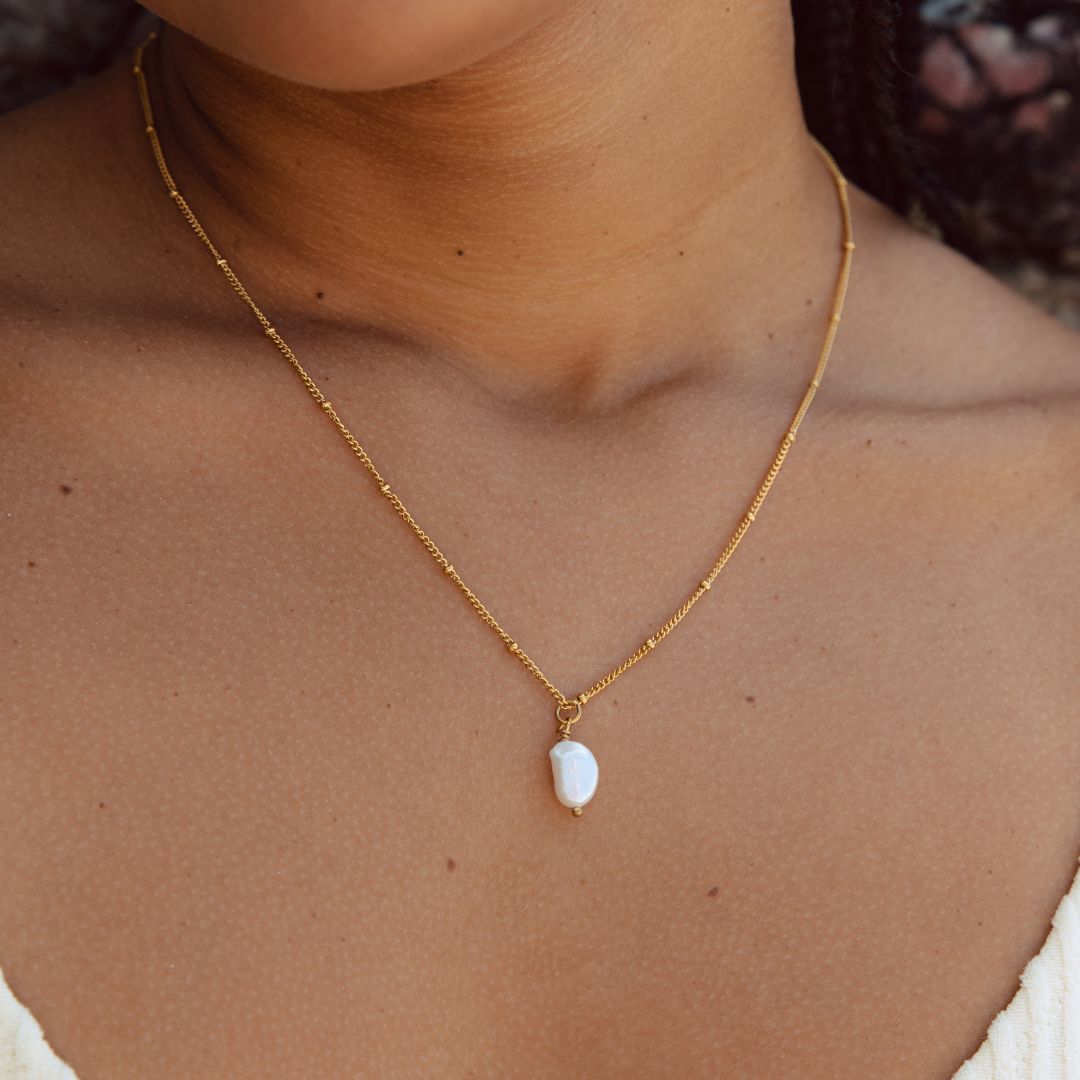

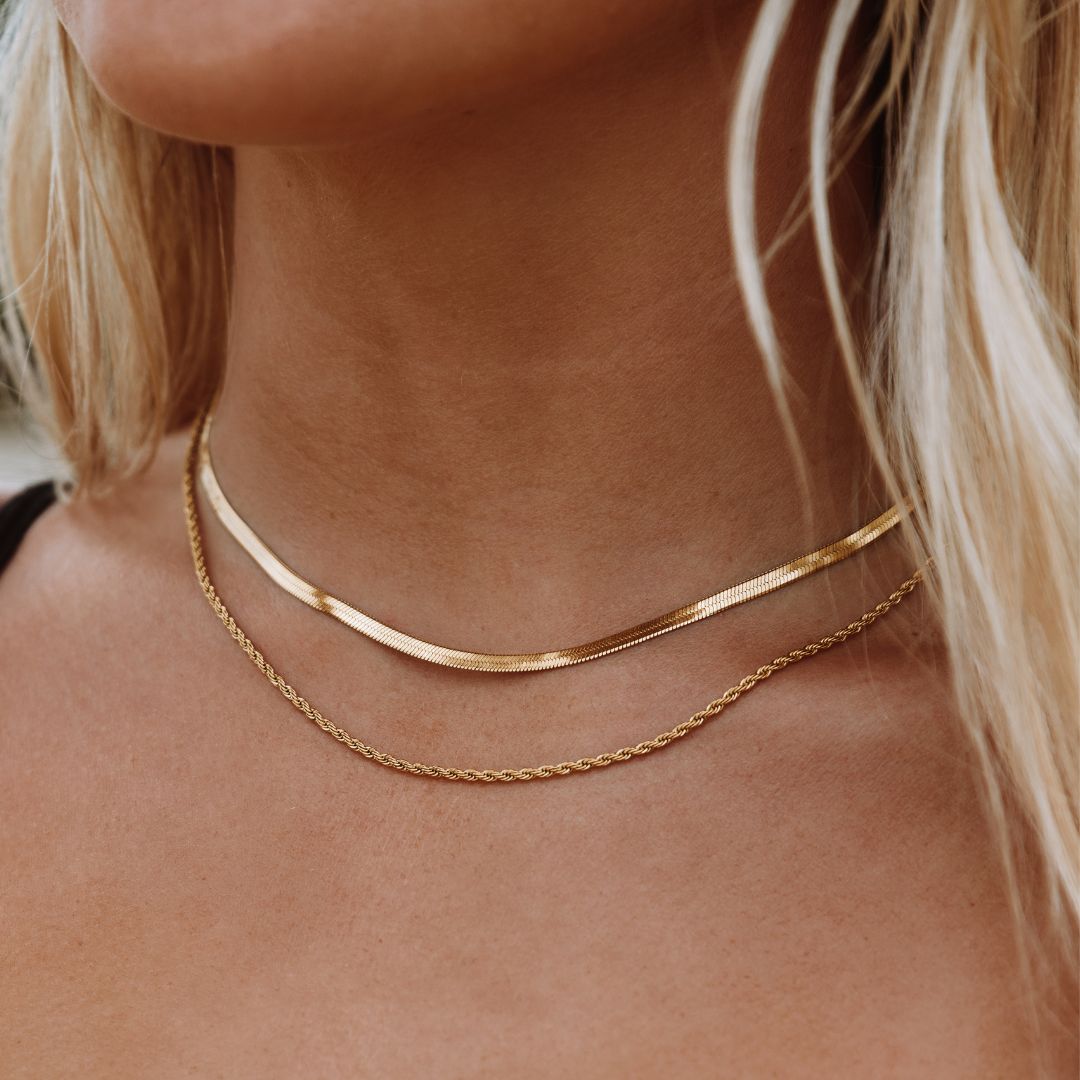
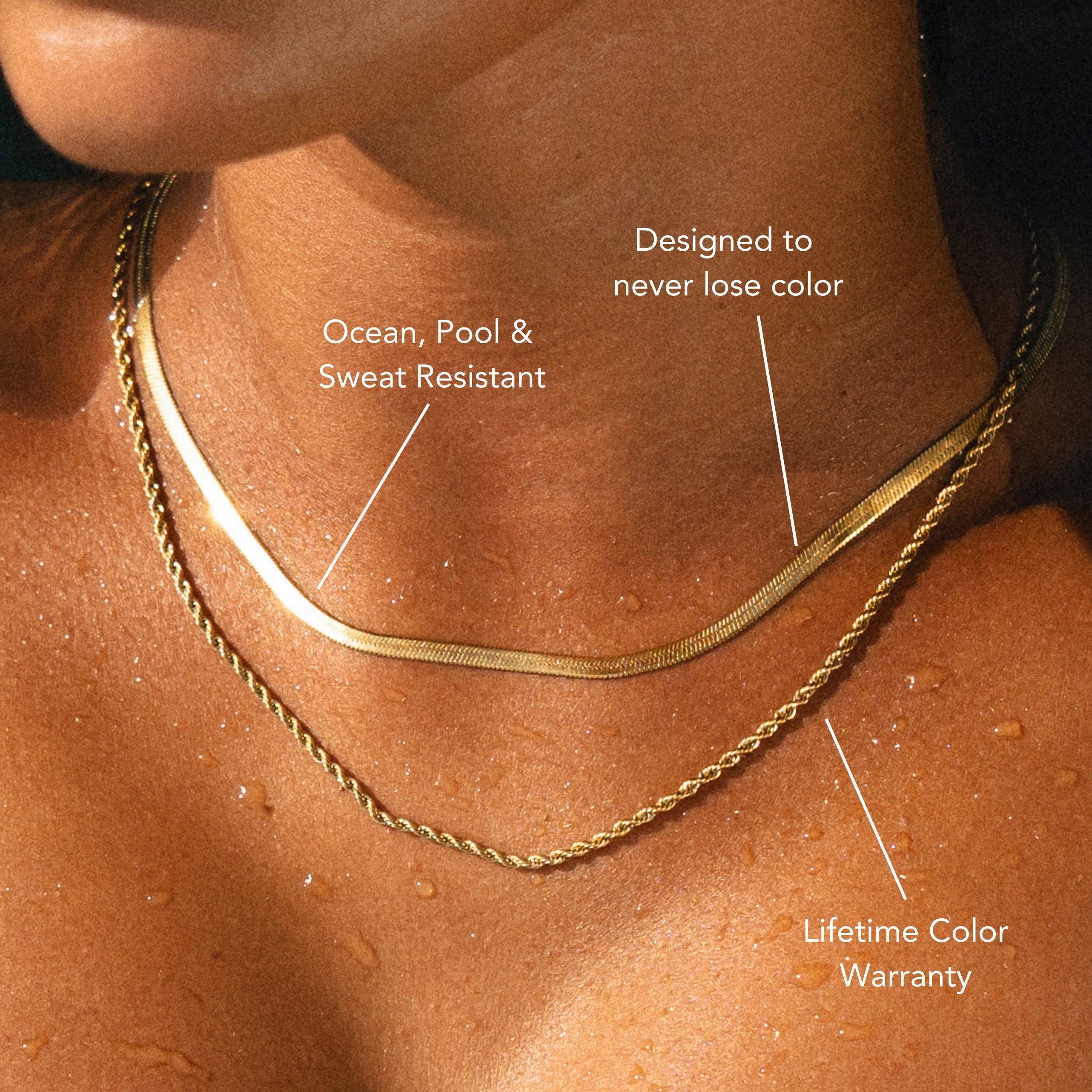
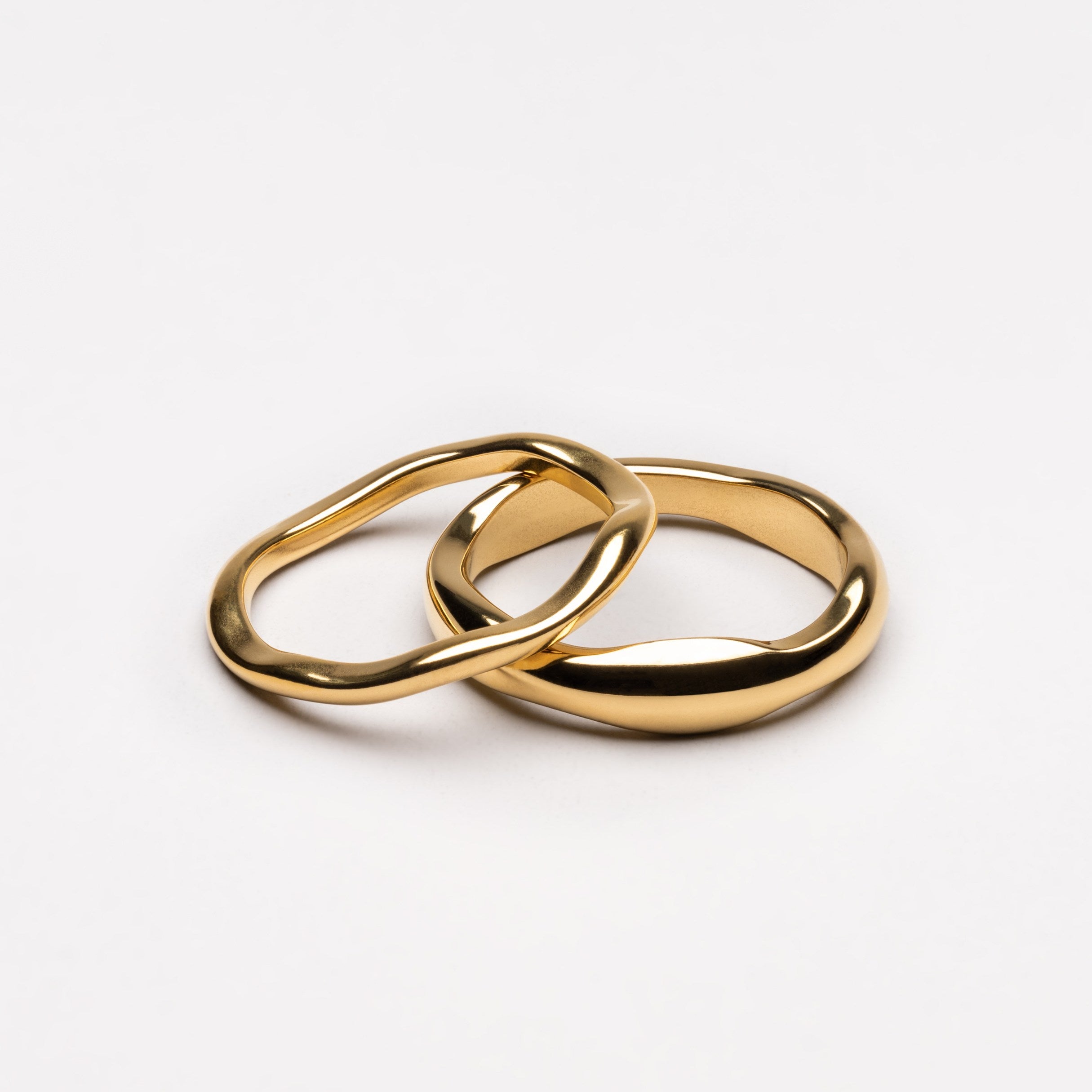
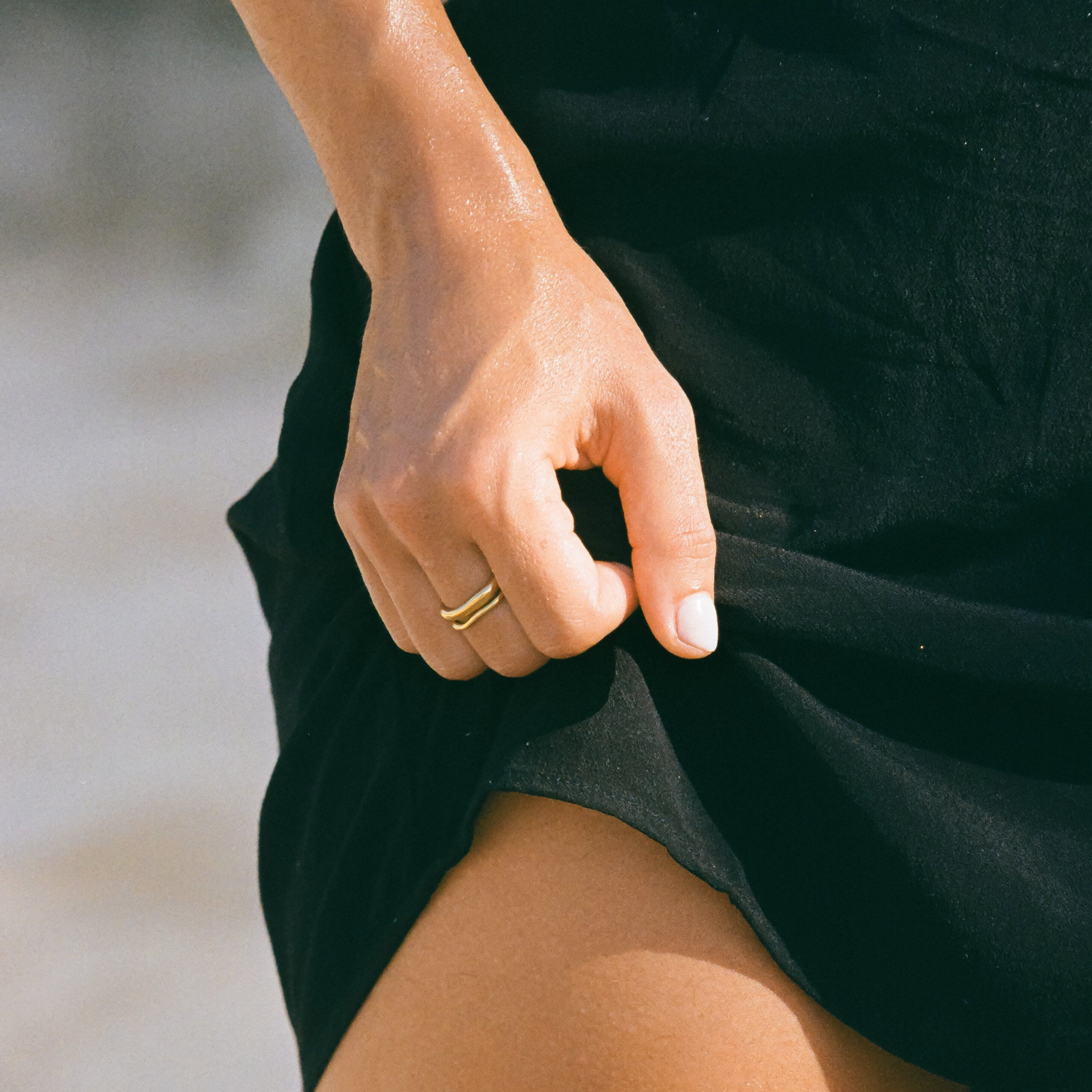
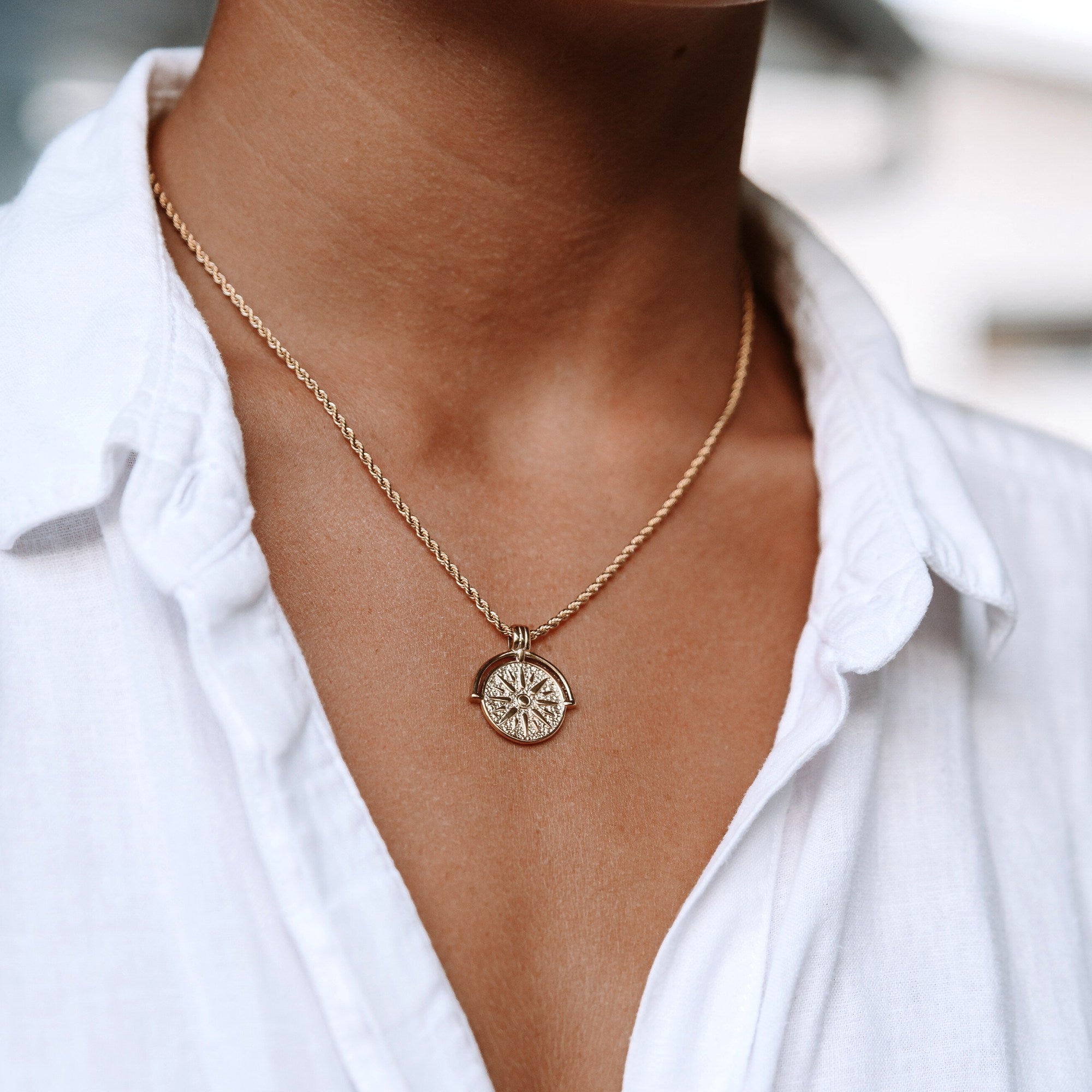
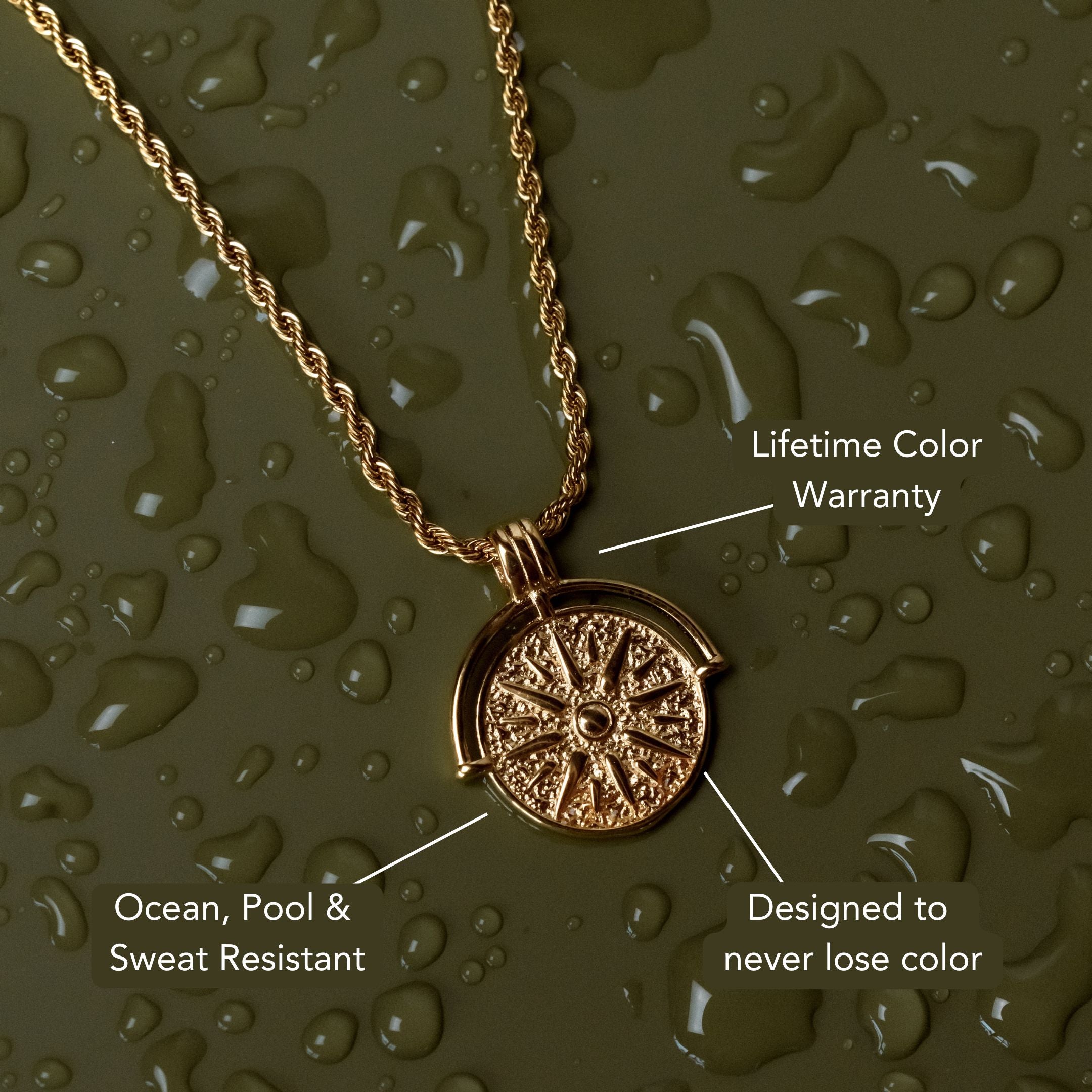
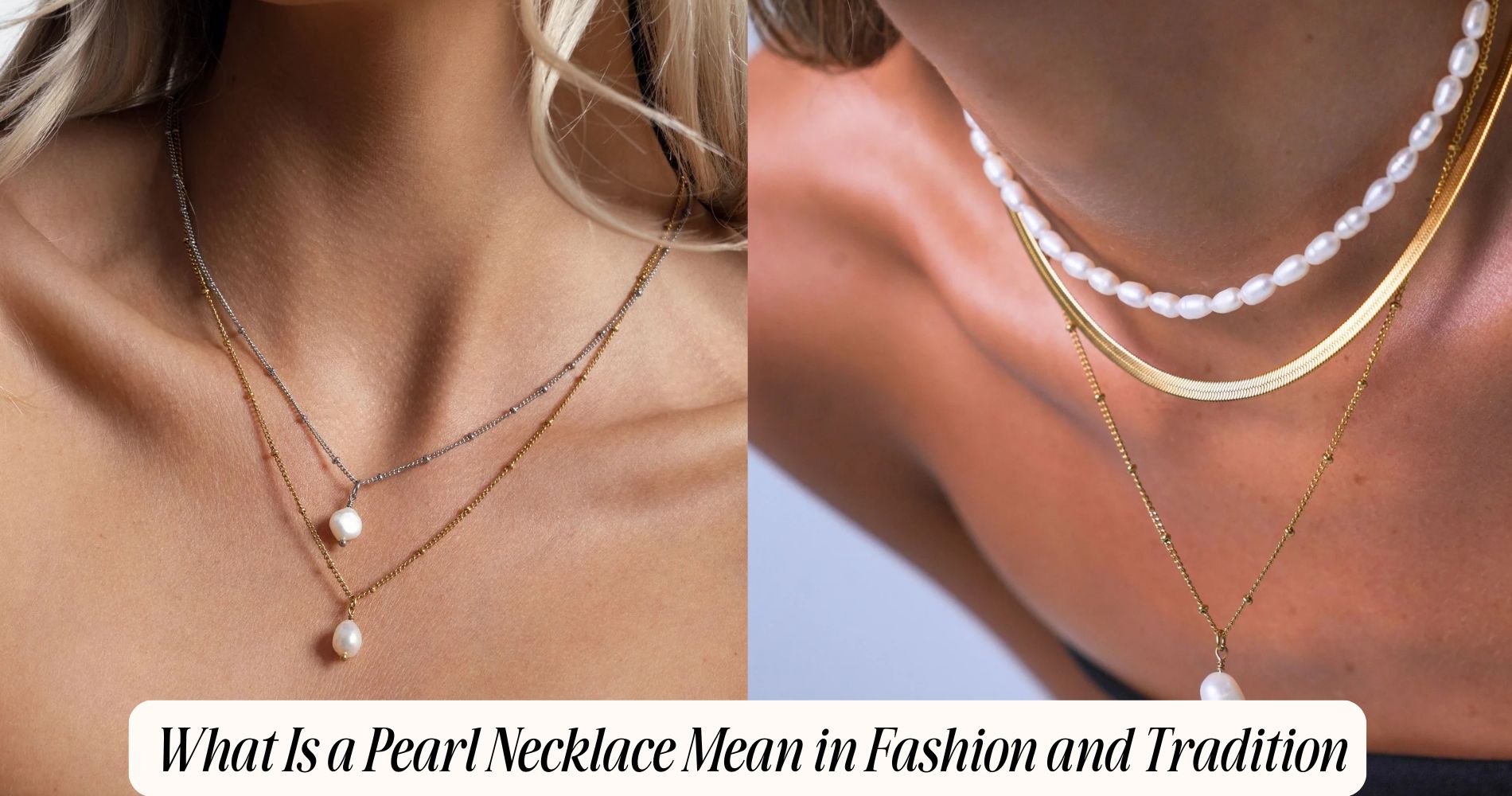
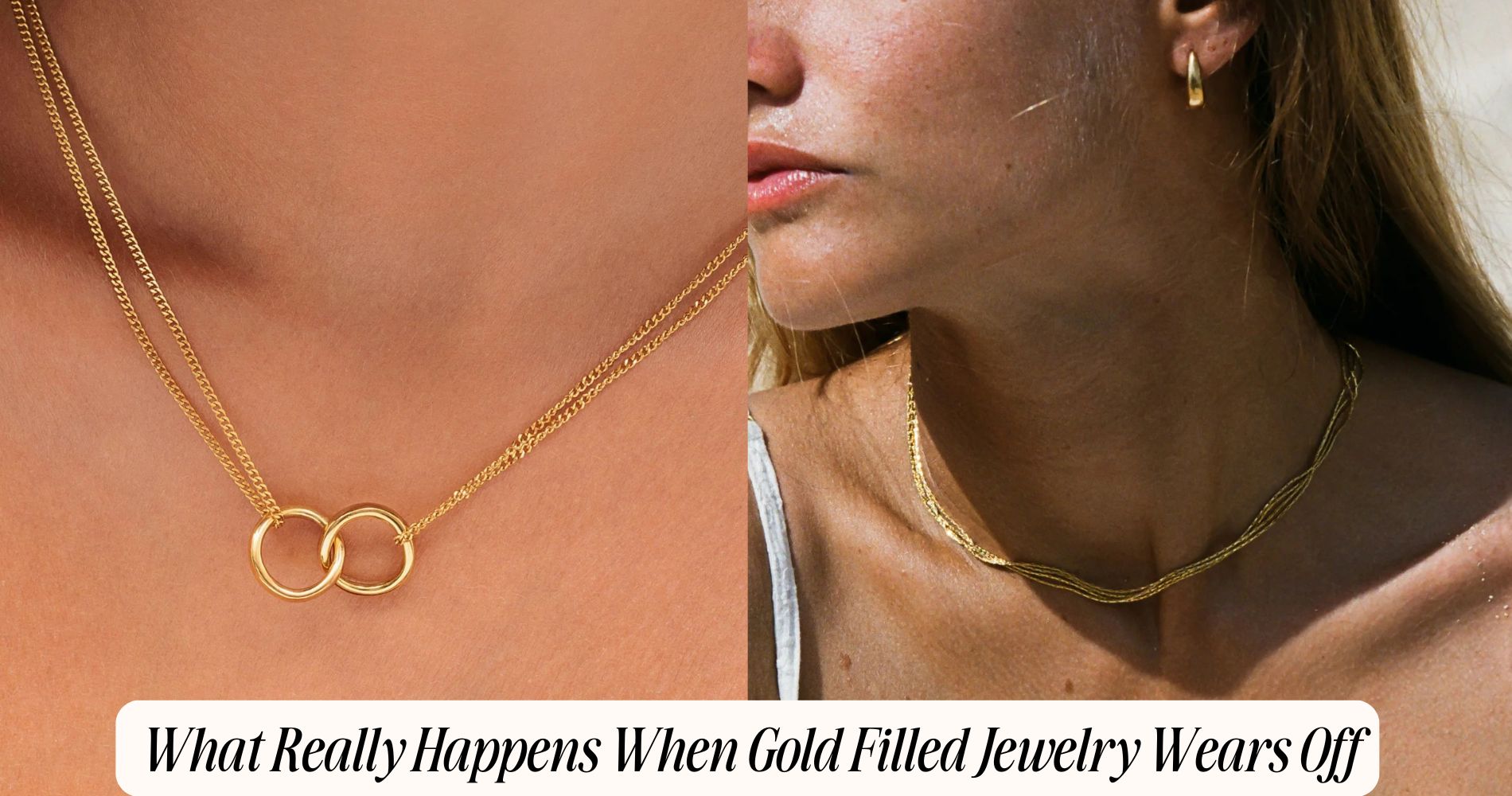




Leave a comment
This site is protected by hCaptcha and the hCaptcha Privacy Policy and Terms of Service apply.